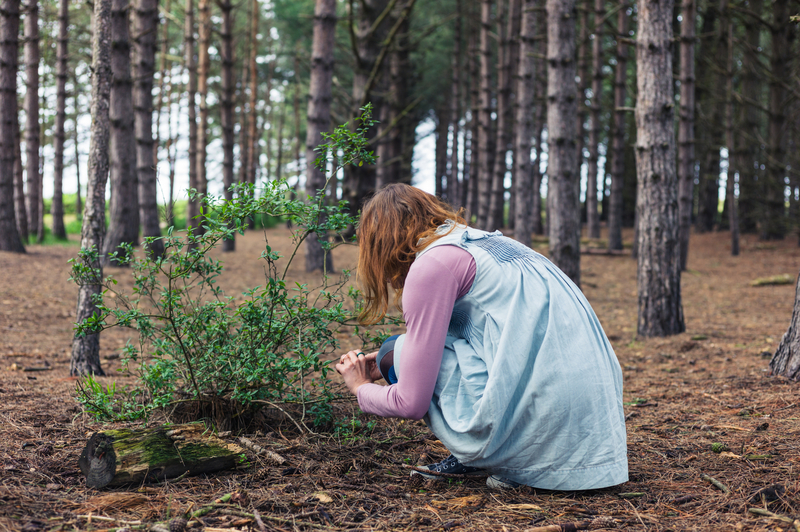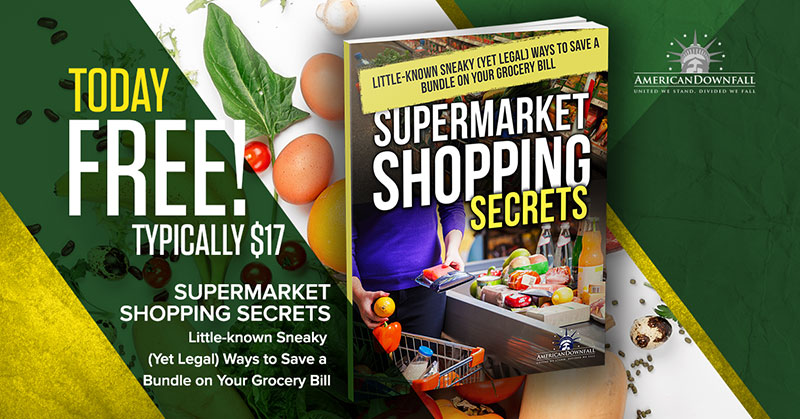Did you know that the first grocery store only opened its doors 100 years ago? Before then, people bought their food largely from local producers, or they hunted, grew, or found their own. Many people today are getting back to hunting and growing large portions of their food stores, but the practice of foraging hasn’t gained the same kind of popularity.
This is a shame because knowing how to forage for food is not only an essential wilderness survival skill, it’s also a great way to supplement your family’s diet with organic food.
Identifying edible wild food is easily done with the aid of a library book or a guide that you’ve purchased for your survival gear. Dandelions, nettle, and fiddlehead are three very common plants, often considered weeds, that are easy to harvest and can be used for a variety of recipes. Mushrooms, berries, and wild ginseng are popular foraged items, but you must be careful to identify only those which are edible – if you aren’t positive that a fungus is safe to eat, it’s best to leave it.
Once you know how to identify edible food, it’s important to know when to forage. Most plants are best eaten only during a specific season or part of its life cycle. If you live in an urban area, it’s best to forage only in places that are away from traffic, away from industrial centers, and aren’t popular dog-walking areas. Additionally, some towns and cities have laws that govern foraging activities, so it’s best to look into those laws before you begin.
You don’t need any expensive materials for foraging. Brown paper bags or an old picnic basket will work just fine for collecting your foraged food. With some research and patience, you’ll find that foraging can be a rewarding method for exploring new flavors in your organic cooking.






I am co author of a book on wild medicinal and edible plants plus I take people on wild herb walks. As a garden coach I also teach people how to grow their own food (even wild edibles). Our book is Herbs To Know 2: Wild Medicinal & Edible Plants (full color photos, medicinal use, how to eat, how to identify, and how to grow). It is best to learn and eat these plants now instead of waiting for an emergency.
Thank you for your information. I hope your book has UP CLOSE photos to identify the plant. I have looked at so many books that have either drawings, or the plant is in a cluster and hard to define the actual branch and leaf . I live in C. FL and replanted some dandelions into a large cloth bag flower pot and harvested leaves for salads and to dry for tea. My friends and family who fight the dandelions showing up in their manicured lawns every season think I have gone nuts to actually be cultivating them for harvesting. I have also checked with the local Extension Office and local garden club regarding helping me to identify LOCAL eatable plants and ask if they did tours , both places looked at me as if I had lost it just like my friends and family. However, I continue on my quest to learn and I will check Amazon for your book..
Put your zip code in the search box at ttps://www.localharvest.org/search.jsp?jmp&scale=7&lat=30.419338&lon=-87.21907
And there are some very interesting links at https://www.bing.com/search?q=foraging+central+florida&pc=MOZI&form=MOZLBR